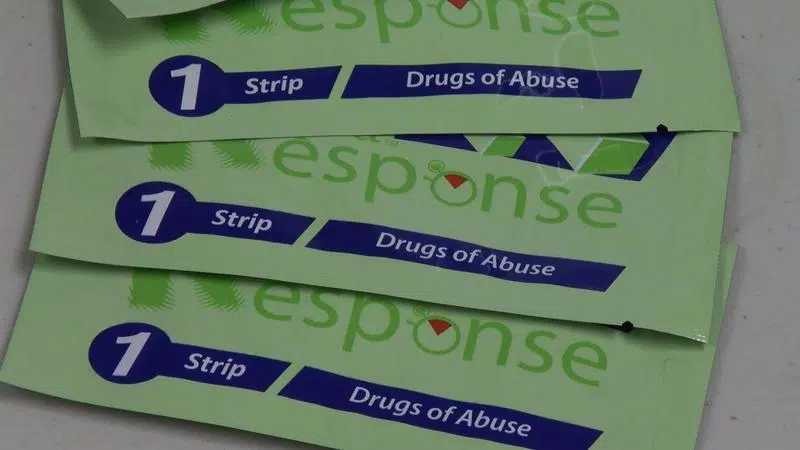
Kamloops addiction treatment services seeing growth in resources and overdose prevention knowledge
KAMLOOPS — The latest statistics around overdose fatalities in the province have not been made available yet, however medical professionals and frontline overdose prevention workers say there have been improvements made in the addiction treatments, and keeping the public informed.
Addiction physicians in the Kamloops area have been keeping up to date with the latest ways medicine can be used to assist in addiction treatment and recovery.
Certain drugs can be used to assist in addiction recovery and can help manage cravings for people who use drugs. Traditionally, addiction patients treated with products like Suboxone have to go to a pharmacy every day for a dose.



